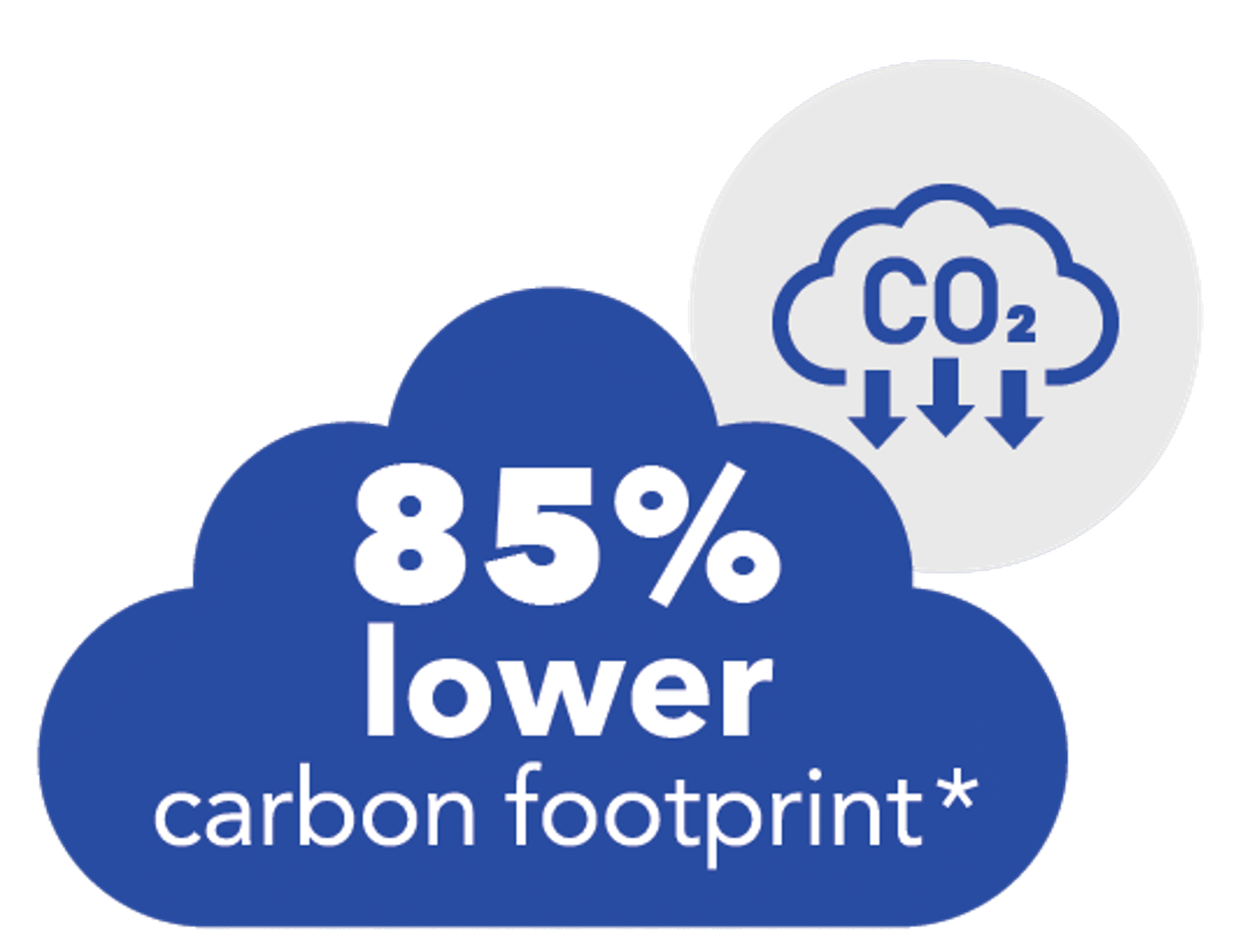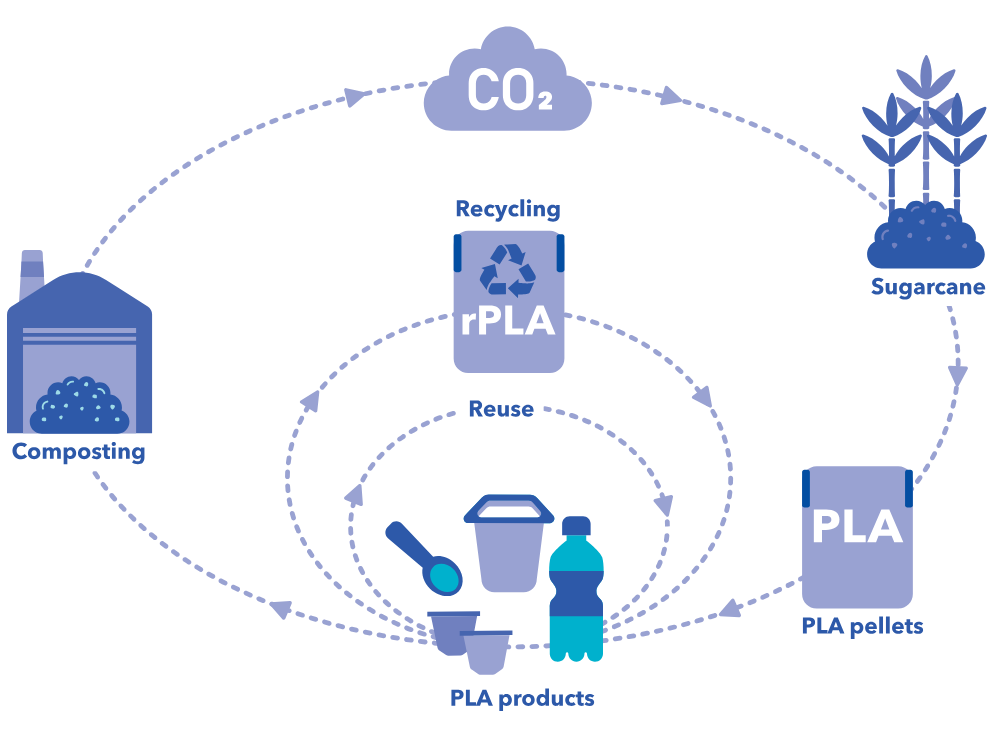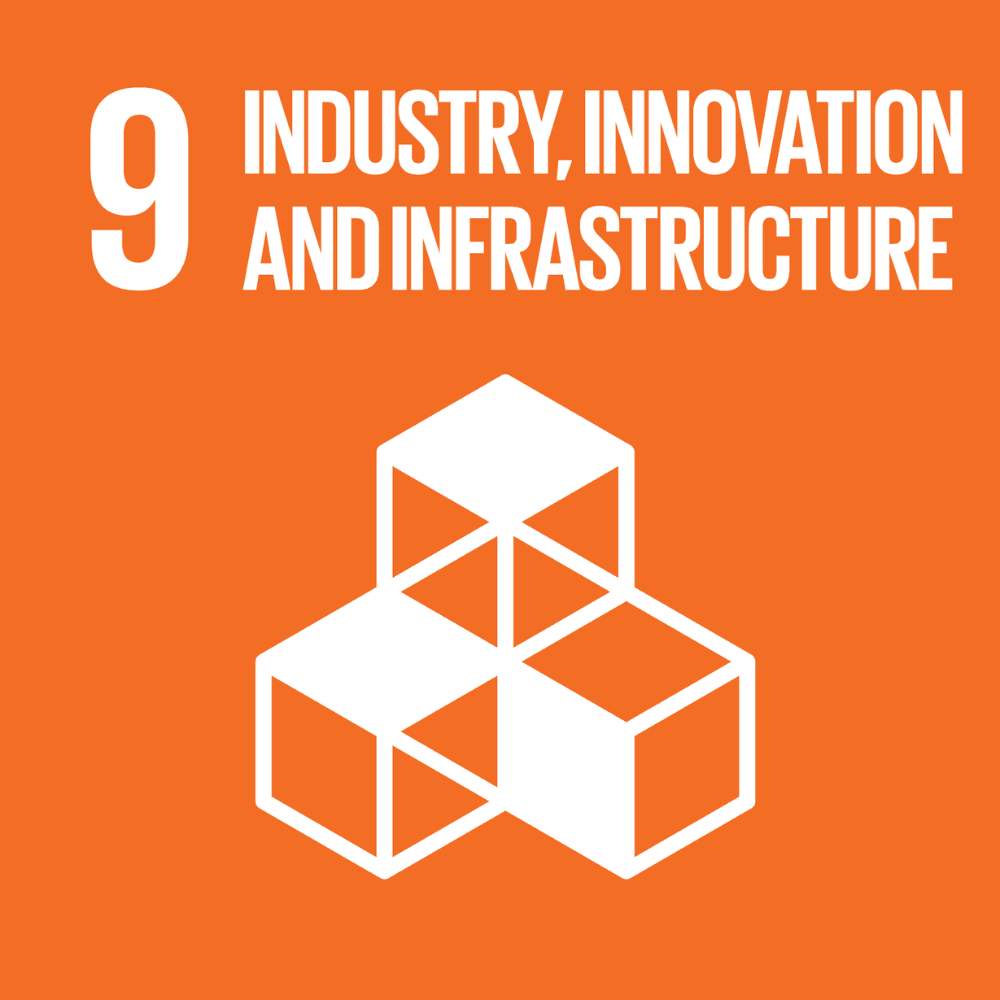We envision a future where everyday products are part of a sustainable, circular economy—helping to restore the planet for generations to come. Achieving this means rethinking how we produce, use, and recycle to ensure products benefit the environment instead of harm it.
At TotalEnergies Corbion, we work alongside our partners to drive innovation in bioplastics. With Luminy® PLA, the results speak for themselves: an 85% reduction in CO2 emissions compared to conventional plastics when considering biogenic carbon. The environmental impact of Luminy® PLA with recycled content (rPLA) is even lower: 30% rPLA is carbon neutral and 100% rPLA has a negative carbon footprint.

*Virgin Luminy® PLA has a carbon footprint up to 85% lower than conventional plastics when considering biogenic carbon
Luminy® PLA starts with a single ingredient: ethically farmed sugarcane.
We ensure responsible sourcing by holding our cane sugar suppliers to a strict code of conduct—protecting ethical business practices, human and labor rights, and the environment. This commitment is built into our supplier qualification process, ensuring sustainability at every step.
For added assurance, Luminy® PLA is always made from GMO-free feedstocks and made with Bonsucro-certified sugarcane upon request.
Luminy® PLA offers the strength and durability needed to replace conventional plastics in many reusable applications while also providing sustainable end-of-life options for disposable applications. Unlike traditional plastics that resist biological degradation, Luminy® PLA can be reused, recycled, and composted—degrading faster than banana or orange peels in industrial composting facilities.
Meeting EN13432 and ASTM D6400 standards, Luminy® PLA undergoes a two-step composting process: first, it is broken down by heat, humidity, and fungi, and then microorganisms fully biodegrade it into CO₂, water, and biomass. This ensures a circular lifecycle, reducing waste and supporting a healthier planet.

When industrially composted, studies have shown that Luminy® PLA produces high-quality compost free from persistent microplastics

Reaching climate goals requires innovative materials and improvement in waste management. Composting Luminy® PLA can help to avoid plastic contamination in food waste streams

Compostable packaging made with Luminy® PLA can go into the biowaste bin with organic waste, reducing landfill, incineration, and plastic contamination
At the end of its life, Luminy® PLA offers multiple sustainable options. It can be reused, composted, or recycled through mechanical or advanced methods. Mechanical recycling repurposes PLA into flakes or pellets for non-food applications, while advanced (chemical) recycling uses hydrolysis to break the polymer back down into its original monomer, lactic acid—allowing for the production of new, food-grade PLA.
Thanks to advanced sorting technologies like Near Infrared (NIR), PLA can be efficiently separated from other plastics with purities of up to 97%.

We believe everything we consume must stay in the loop. Through reuse, recycling, and composting, Luminy® PLA can be continuously repurposed, supporting a circular plastics economy.
Achieving this requires businesses, governments, and industries to work together—no single company or country can do it alone. Pre-competitive collaboration, aligned policies, and industry-wide action are key to turning sustainability goals into real-world solutions.
Businesses like ours must lead the way. By working across the value chain, we can ensure PLA remains part of the circular solution and not the waste problem. That’s why we’re proud members of many industry associations including European Bioplastics, Japan Bioplastics Association, BPI, Sustainable Packaging Coalition, and more.
Global warming potential, cradle to gate, for various biobased and fossil-based polymers
Source: Plastics Europe data and TotalEnergies Corbion LCA 2025. Luminy® PLA figures include biogenic carbon.
Our scientists and experts are always on call. We work alongside your team to help build new applications and ensure a smooth transition to sustainable solutions.
Luminy® PLA grades are converted through a variety of techniques for a wide range of industries.
TotalEnergies Corbion has joined the United Nations Global Compact initiative, committing to ten principles on human rights, labor, environment, and anti-corruption with a focus on SDG9, SDG12, SDG13, and SDG17. The UN Global Compact aims to align businesses with sustainability principles and accelerate the achievement of the UN Sustainable Development Goals (SDGs). We are proud to contribute to responsible production and innovative initiatives that offer tangible support for climate actions.





Yes, Luminy® PLA is fully recyclable through both mechanical and advanced recycling (depolymerization) methods.
We actively work with customers to create closed-loop systems, collecting and recycling PLA products from events, hotels, sports competitions, and post-industrial waste streams. Recycled Luminy® PLA grades (rPLA) are also available with 20%, 30%, and 100% allocated recycled content.
Thanks to progressions in Near Infrared (NIR) technology, density separation, AI, and robotics systems in waste management, PLA can be easily separated from other types of polymers on the sorting line, including, among others, PET, PS, and HDPE. Purities of 97% have been obtained using NIR sorting of PLA, higher than most traditional plastics.*
*Technical quality of rPET. Technical quality of rPET that can be obtained from Dutch PET bottles that have been collected, sorted, and mechanically recycled, Wageningen University & Research (2016) https://edepot.wur.nl/392306
The issue of plastic pollution, especially marine pollution, is taken very seriously by TotalEnergies Corbion. We believe that this problem requires many solutions and that producers should design their products with a realistic end-of-life in mind.
While more thoughtful product design and effective waste streams are the real solution to the problem, the biodegradability of PLA can also contribute in some cases. As part of a recent EU-funded project we participated in called SEALIVE, fishing nets produced with Luminy® PLA biodegrade 40 times faster in the ocean than those made with conventional plastics.
Learn more about the SEALIVE project at www.sealive.eu
Luminy® PLA is made from sugarcane, an annually renewable resource, while conventional plastics are made from non-renewable resources like oil and gas. The use of biobased materials is important for conserving our resources
The global warming potential of Luminy® PLA is also significantly lower than conventional polastics like PET, PE, and PP.
Read our peer-reviewed LCA
According to a recent study by Chaire CoPack, in partnership with AgroParisTech and the University of Montpellier, the certified EN13432 compostable bioplastics, including Luminy® PLA, fully biodegrade in industrial composting facilities. The study also found that the bioplastics positively affected the composting yield, did not have any negative consequences on the agronomic quality of the final compost, and did not generate ecotoxicity to higher plants, earthworms, and daphnia.
According to a recent meta-study by HYDRA Marine Sciences, commissioned by Holland Bioplastics, PLA fully hydrolyzes in water or humid conditions, leaving no persistent nano- or microplastics behind. This confirms PLA as an environmentally responsible material that does not contribute to long-term plastic pollution.
TotalEnergies Corbion sources its sugarcane through Corbion, which works directly with farmers in Thailand. These farmers must adhere to the Corbion Sugarcane Code—a rigorous set of standards that we helped develop to ensure ethical business practices, human and labor rights, and environmental protection. Luminy® PLA made with sugar certified by Bonsucro is also available upon request.
As a joint venture, we have access to the expertise and resources of both TotalEnergies and Corbion, strengthening our commitment to responsible sourcing.
Read more at: www.corbion.com/Sustainability/Preserving-what-matters/Responsible-sourcing
Producing 1 kg of Luminy® PLA requires 1.75 m² of land and 0.6 m³ of water, the majority of which comes from rainfall. The sugarcane used for Luminy® PLA is grown in regions with minimal water stress and occupies only 0.8% of Thailand’s arable land annually.
We believe in transparency and understanding our impact. Today, the entire bioplastics industry uses just 0.0015% of global arable land. Even if all plastics were replaced with Luminy® PLA, it would require only 1.23% of global arable land—small enough to not compete with food supply.
While land use is always a factor we consider, we believe the benefits are significant: a 75% lower carbon footprint than conventional plastics and 1.83 kg of CO₂ absorbed by the sugarcane for every kilogram of Luminy® PLA produced. It’s a step toward a more sustainable future.
*Whitepaper: Planting the future with PLA: Sustainability aspects and advantages of renewable feedstocks in bioplastics production
We are driven by our vision of a better world for generations to come.